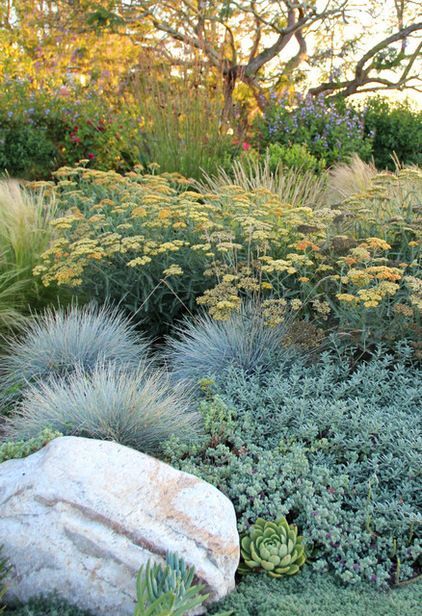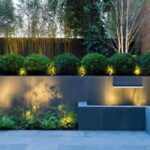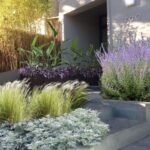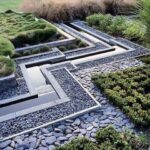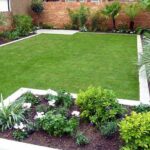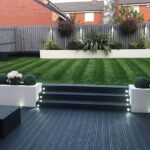Contemporary garden design has evolved rapidly in recent years, with innovative elements being incorporated to create stunning and unique outdoor spaces. Traditional garden design principles have been reimagined and revamped, resulting in gardens that are not only aesthetically pleasing but also functional and sustainable. Here are some key innovative elements that are shaping contemporary garden design:
1. Sustainable practices: One of the key trends in contemporary garden design is the emphasis on sustainable practices. This includes using native plants, which require less water and maintenance, as well as implementing water-saving irrigation systems such as drip irrigation. Designers are also using recycled and reclaimed materials in their garden designs to reduce waste and promote sustainability.
2. Outdoor living spaces: Contemporary garden design often blurs the lines between indoor and outdoor living spaces, creating seamless transitions between the two. This can include outdoor kitchens, dining areas, lounges, and even outdoor movie theaters. These spaces are designed to be functional and comfortable, allowing homeowners to enjoy their outdoor spaces year-round.
3. Vertical gardening: In urban areas where space is limited, vertical gardening has become a popular trend in contemporary garden design. Vertical gardens are created by planting on walls or other vertical surfaces, using structures such as trellises, living walls, and vertical planters. This not only maximizes space but also adds a unique and visually striking element to the garden.
4. Edible gardens: Growing your own food has become increasingly popular in recent years, leading to a rise in the popularity of edible gardens in contemporary garden design. These gardens can include a variety of fruits, vegetables, herbs, and even edible flowers. They not only provide homeowners with fresh, organic produce but also add a practical and functional element to the garden.
5. Lighting design: Lighting is an important element in contemporary garden design, adding ambiance and drama to outdoor spaces. Designers are incorporating a variety of lighting techniques, including uplighting, downlighting, and spotlighting, to highlight key features in the garden such as trees, plants, pathways, and water features. LED lighting is often used due to its energy efficiency and versatility.
6. Art and sculpture: Incorporating art and sculpture into garden design adds a creative and personal touch to outdoor spaces. Contemporary garden designers are using a variety of artistic elements, such as sculptures, mosaics, and fountains, to create focal points and points of interest in the garden. These elements can reflect the homeowner’s personal style and add a unique and expressive element to the garden.
Overall, contemporary garden design is characterized by its innovative and creative approach to outdoor spaces. Designers are constantly pushing the boundaries of traditional garden design, incorporating sustainable practices, outdoor living spaces, vertical gardening, edible gardens, lighting design, and art and sculpture to create stunning and unique gardens that reflect the homeowner’s personal style and lifestyle. With these innovative elements, contemporary garden design is transforming outdoor spaces into functional, sustainable, and visually striking areas that are meant to be enjoyed year-round.
